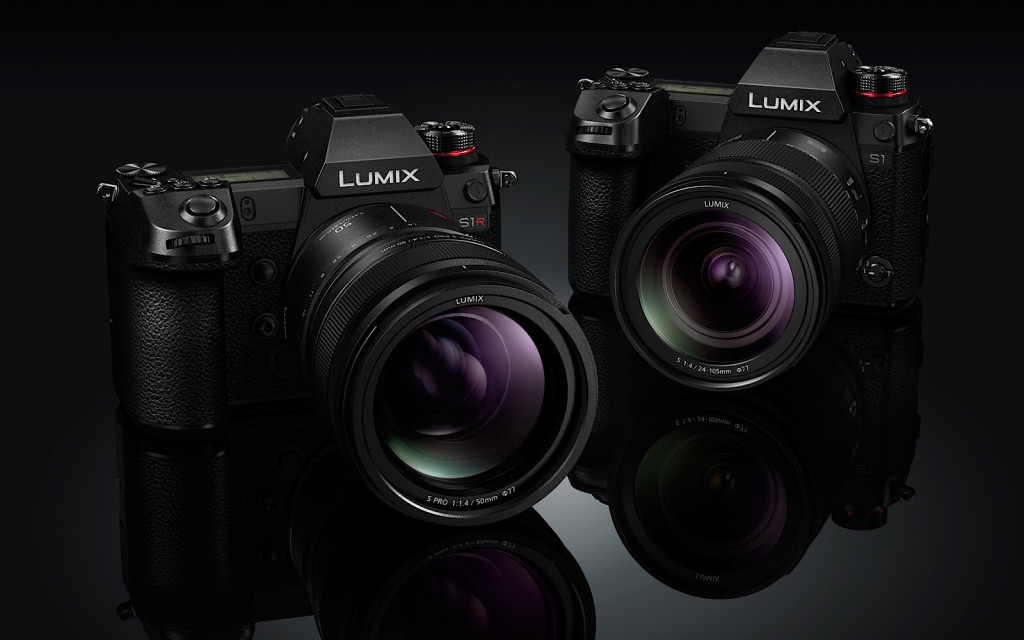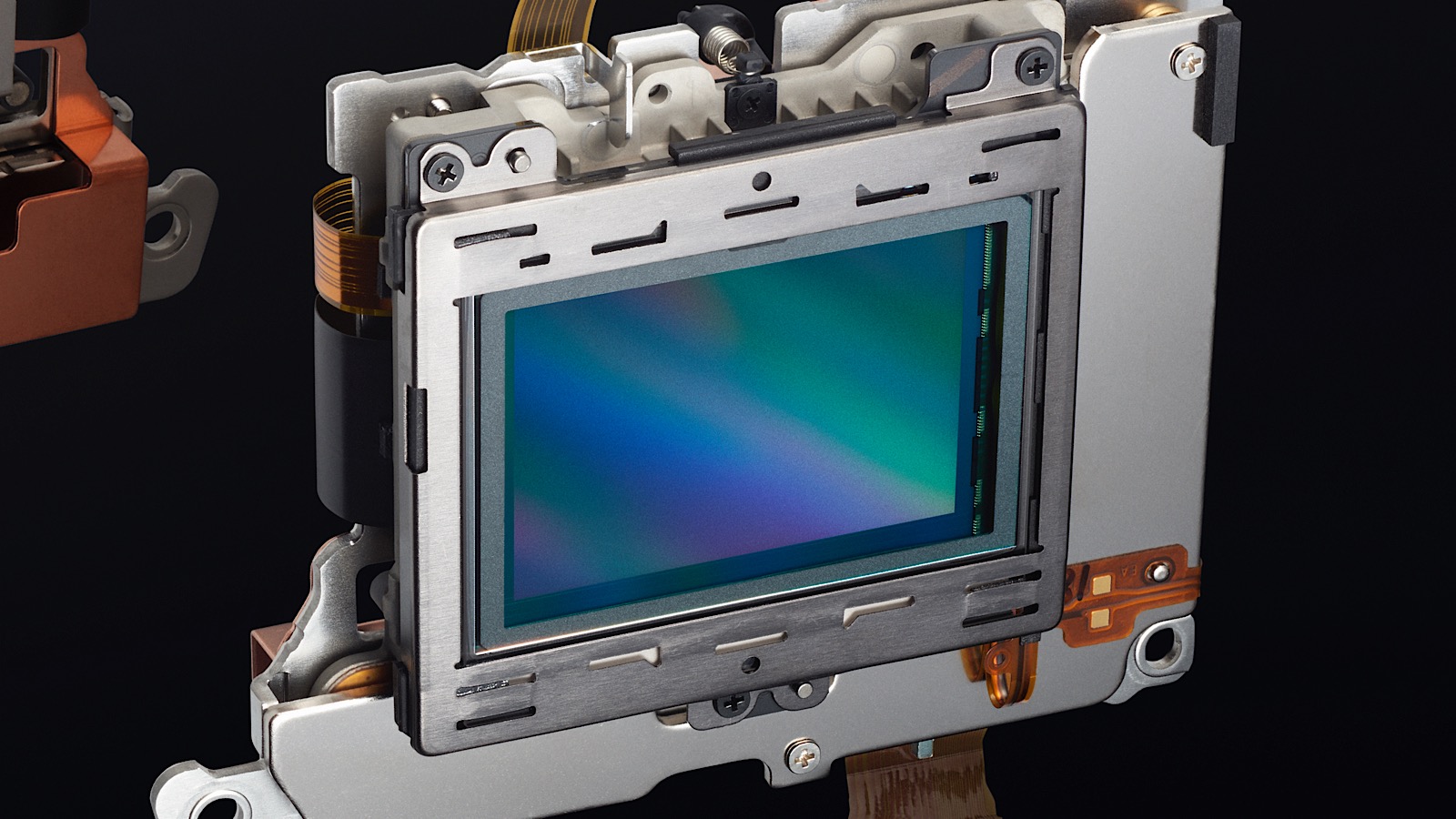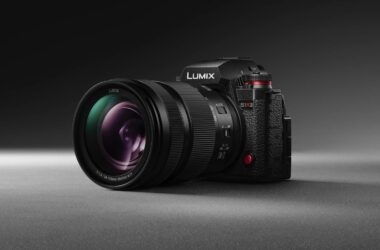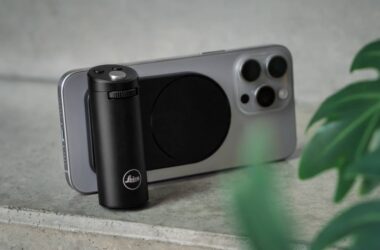There’s a buzz word in cameras picking up speed right now, and with many cameras on the way that use it, we’re not surprised. What is “full-frame”, and how can it benefit you versus what other cameras use?
The world of the digital camera may seem like it’s coming to an end, what with the strength of smartphone cameras lately, but that’s only true for the smaller compact digital cameras.
Yes, those little cameras that tend to be one trick ponies are the models whose time appears to be closing on, while the more advanced cameras with longer lenses and interchangeable lens systems are living on, and there’s little wonder why: they’re much more powerful.
In fact there are pretty severe differences in that latter category, interchangeable lens cameras, and it usually has to do with the sensor.
You see there are two main sensor sizes in the interchangeable lens camera world: full-frame and APS-C.
So what’s the difference, and what does full-frame mean?
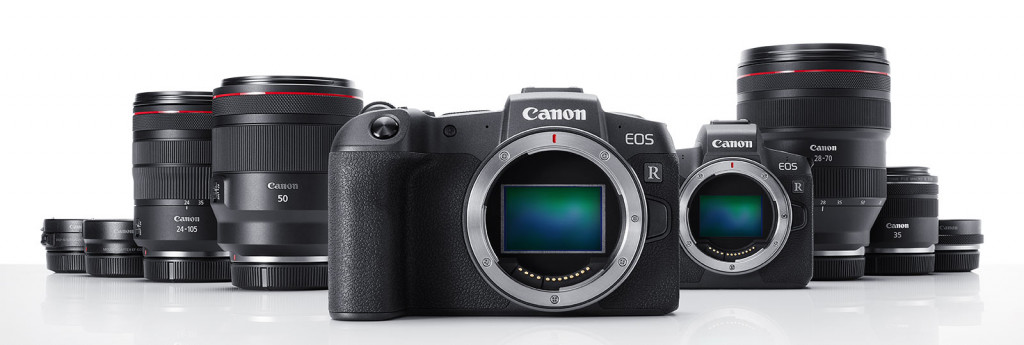
Full-frame means a bigger sensor
Simply put, “full-frame” means a bigger sensor for your camera, offering a larger sensor on the inside, which can capture more light when you take a shot.
Full-frame effectively means it takes up the entirety of what would be a 35mm film frame, so a full-frame camera captures to a sensor the size of a 35mm negative, back when we all used film.
There are other film formats beyond that of 35mm, including medium format’s 120mm and large format’s 5×4 inch size, but these tend to be specialist film sizes, which in turn make them even more specialist digital alternatives.
And even though medium and large format are both bigger, the term “full-frame” refers to 35mm.
That means you can think of “full-frame” as the digital equivalent of a 35mm negative or slide.
So why is this good?
Full-frame means more of the lens
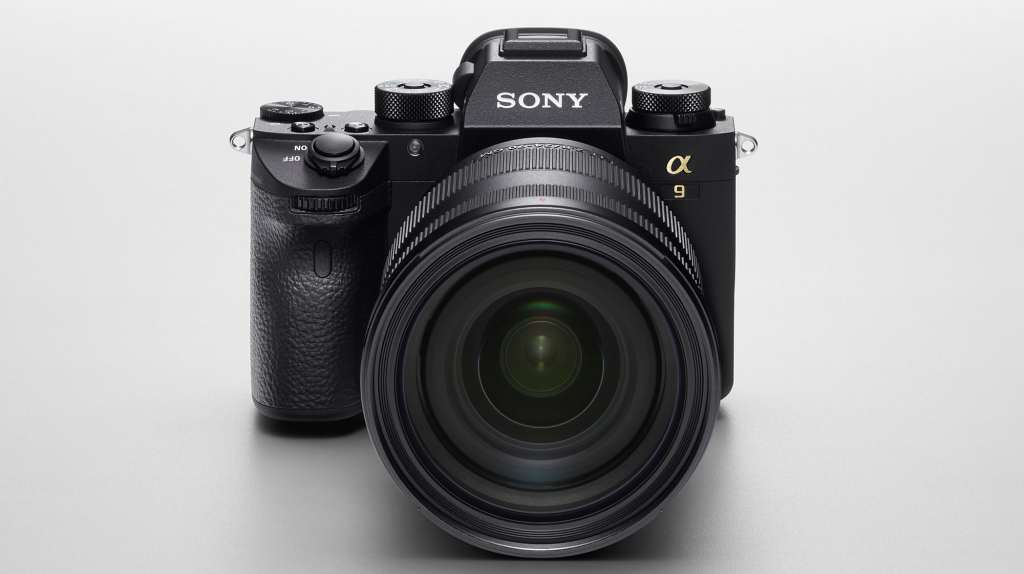
Bigger than the sensors used for APS-C or Micro Four-Thirds cameras, a full-frame sensor takes advantage of the entirety of the lens. That means if you have a 30mm or a 50mm lens, it will capture at 30mm or 50mm respectively.
Compare that to a smaller sensor, which will capture the centre rectangle based on that size.
Full-frame versus APS-C
Interchangeable lens cameras that aren’t noted by “full-frame” are often equipped with what’s called an APS-C sensor, which is a smaller rectangle that effectively cuts the full-frame size in half.
Think of this as the centre rectangle of a lens, turning that 50mm lens into a 75mm.
The smaller the sensor, the more steep the multiplication, which is one reason why APS sensors for interchangeable lens cameras often sit around 1.5 or 1.6, making the conversion easier to think about.
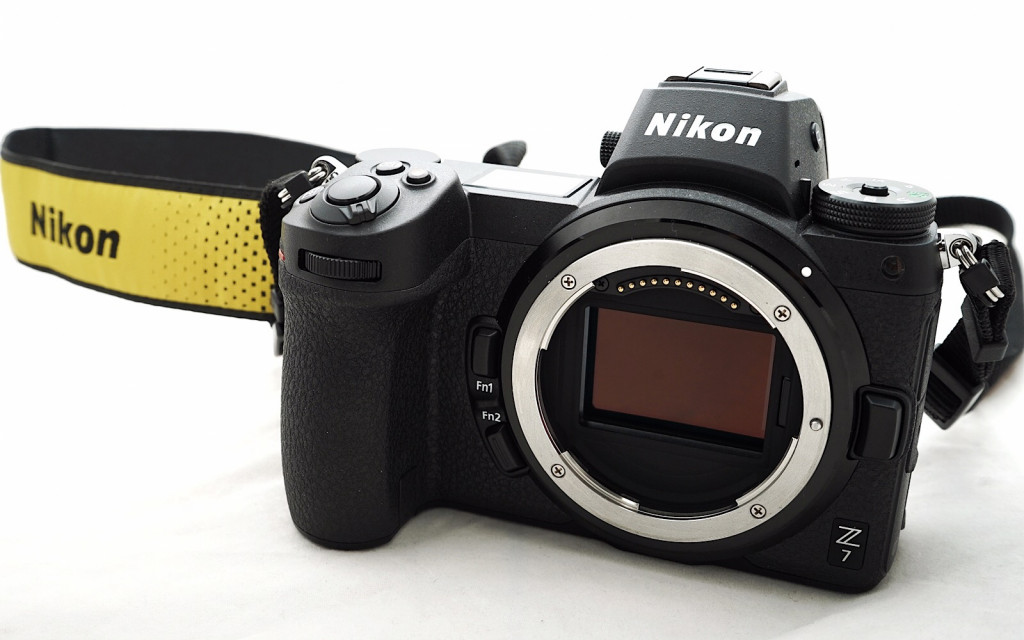
Full-frame difficulty
While more of the lens and a bigger sensor can be both better for the image, it can come also be harder to use.
That’s because when you’re using more of the lens, you’re not just focused on the centre rectangle of the image like you are with an APS-C sensor. Rather, you’re getting the entirety of the lens for that entire sensor, and depending on the lens you’ve bought, that may mean the quality isn’t as good.
Great quality lenses can cost big bucks, and that can be a bad thing for people starting out with a new full-frame camera and a cheap lens. Fortunately, the better lenses you buy, the better results a full-frame camera can achieve.
